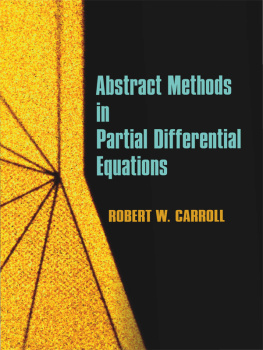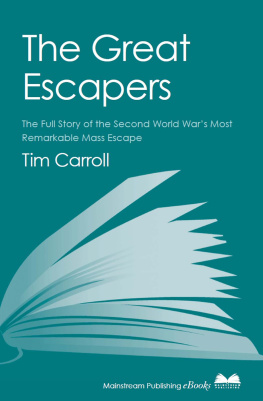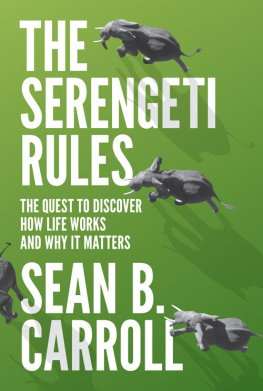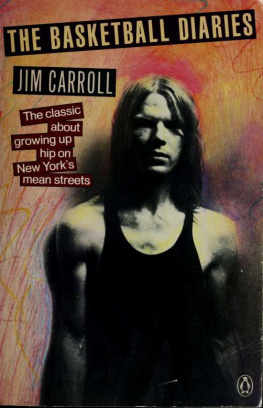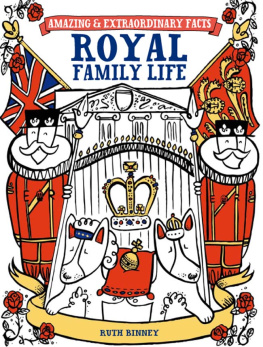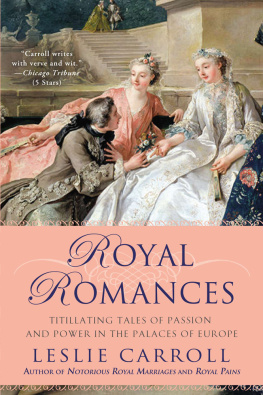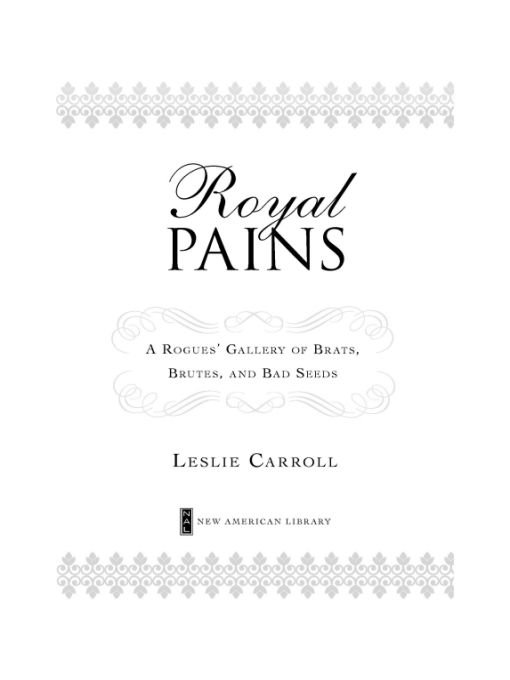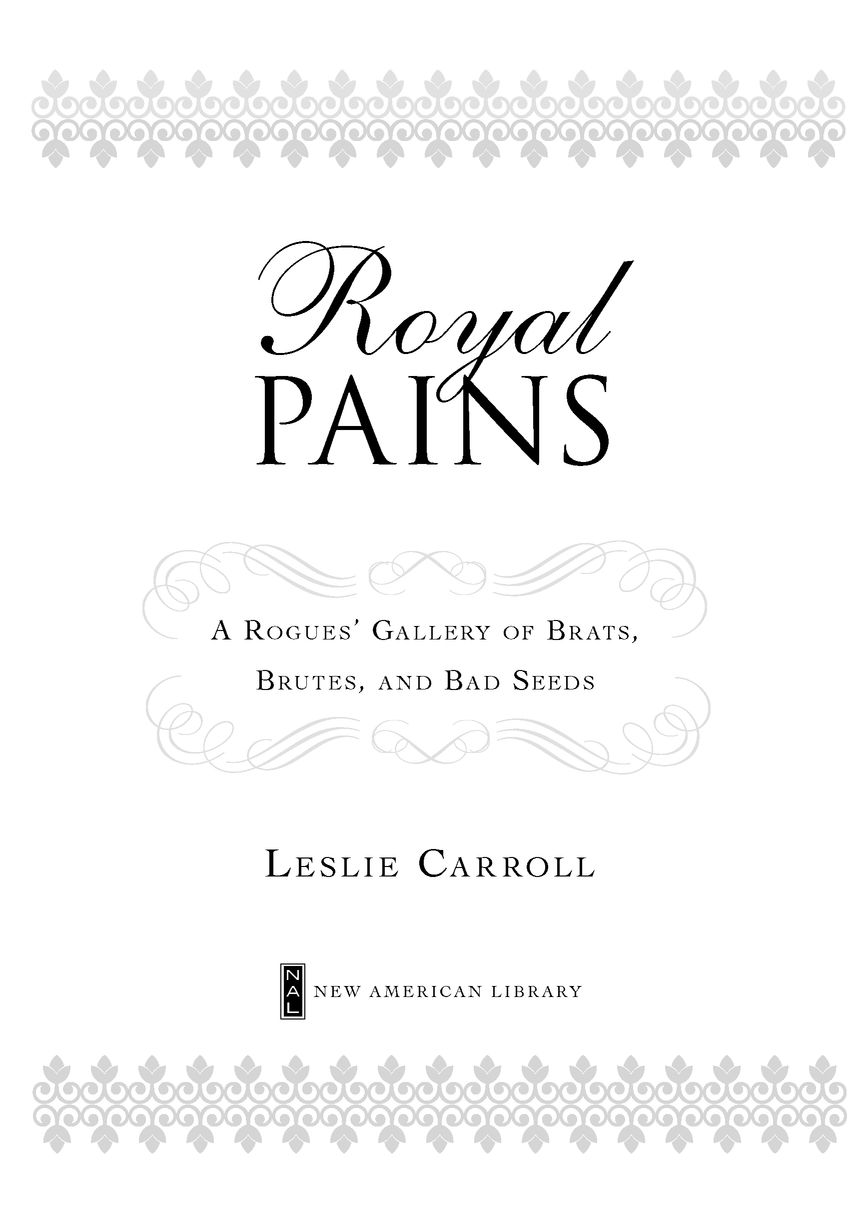Table of Contents
PRAISE FOR LESLIE CARROLLS NONFICTION
Notorious Royal Marriages
For those who tackled Hilary Mantels Wolf Hall, and cant get enough of the scandal surrounding Henry VIIIs wives, [Notorious Royal Marriages is] the perfect companion book.
The New Yorker
Carroll writes with verve and wit about the passionateand occasionally perilousevents that occur when royals wed.... Carrolls fascinating account of nine centuries of royal marriages is an irresistible combination of People magazine and the History Channel.
Chicago Tribune (5 stars)
Sex! Intrigue! Scandal! Carrolls newest offering chronicles well-known matrimonial pairings among European royals during the last 900 years. With a breezy and lively narrative, she gives the dirt on a parade of often mismatched couples.
Historical Novels Review
Royal Affairs
Carroll... has a true talent for weaving fascinating narratives. Her entertaining writing style makes this one book you do not want to put down. Entertaining, impeccably researched, and extremely well written, it will appeal to all readers with an interest in British history.
Library Journal
There are lots [of] royal romps cataloged in this entertaining, enormously readable book.
Las Vegas Review-Journal
A sumptuous treat of romance, sex, jealousy, and scandal. Carroll gives you a historical work, but in an entertaining style.
Pittsburgh Examiner
ALSO BY LESLIE CARROLL
Notorious Royal Marriages
Royal Affairs
ForHun,
who has always marched to the beat
of his own drummer.
I love you, Daddy.
Disobedience is my joy!
Princess Margaret, sister of Queen Elizabeth II,
to film director Jean Cocteau
Foreword
According to an anonymous source addressing the subject of a major mid-eighteenth-century scandal, a royals conduct was a matter of national as well as private concern, such a dangerous influence do they derive from their titular and elevated station. In other words, the members of a royal family had a duty to both crown and country to behave themselves.
Dereliction of that duty is what this book is all about.
When I selected the subjects for this volume, I had no single overarching definition of royal pain other than classifying them according to the broad characterizations delineated in the subtitle. But as the chapters took shape, it became clear that each royal pain had his or her own standard for inclusion.
Contained within these pages are profiles of a number of brats, brutes, and bad seeds, whether they were the monarchs brothers, sisters, cousins, or offspring (and sometimes the rulers themselves). They represent a panoply of vibrant characters whose rotten behavior scandalized the kingdom in their own day. Their actions earned them a lasting reputation in the pantheon of rotten royals, and shaped the course of history within their respective realms.
Some members of the cast, such as Ivan the Terrible, Vlad Dracula, and Richard III, merit inclusion because they rank near the top of a proverbial A-List of regal evildoers, responsible for the assassinations of members of their own families, or for the deaths of thousands of their own subjects. Other royal pains in this volume, like the Duke of Cumberland and Pauline Bonaparte, embarrassed their reigning relatives and, by extension, the crown and kingdom, with their numerous ill-advised and publicly conducted sexcapades.
And whenever and wherever there was a free press, some of these royal pains made newspaper headlines, victims of their own celebrity. Whether openly or obliquely, their misbehavior ended up splattered across the front page.
Deprived of the opportunity to do anything substantive well into adulthood, the last three royals chronologically profiled hereRudolph, Eddy, and Margaretbecame lost souls. The exercise of their oversize sense of noblesse oblige led to ill-conceived associations and churlish behavior, exposing not only themselves but the entire royal family in an unflattering light.
The gothically gruesome pact that Crown Prince Rudolf of Austria made with his teenage lover Mary Vetsera very likely evolved into a murder-suicide that became the focus of an international cover-up. During his brief lifetime, the shy Prince Eddy was internationally believed to be not only lazy and stupid, but an active player in Londons dicey homosexual subculture. Sexy and flamboyant Princess Margaret, caught smoking a cigarette in a nightclub, became a royal cause clbre. And her star-crossed romance with a divorced courtier put the crown itself in the hot seat, accused in 72-point type of rampant hypocrisy.
Occasionally, the sovereigns themselves were bad news, real bastardsin the unofficial sense of the wordand brutes par excellence. They ruled their realms with iron fistsand saw no need to glove them in illusory velvet. They thought nothing of torturing their own subjects; even the most loyal adherents might find themselves at the wrong end of a sharp object if their sovereign perceived that they had crossed him.
In this volume, jealousies, lusts, and betrayals are played out on the world stage, pitting relations against one another for the highest possible stakes; its sibling rivalry and combative cousins on metaphorical steroids. You may never look at your own family the same way again.
KING JOHN
1166 OR 1167-1216
RULED ENGLAND: 1199-1216
SCHOOLCHILDREN LEARNING ABOUT THE MIDDLE AGES may have heard phrases like wicked Prince John and evil King John to describe this English royal. And much of what we think we know about John stems from his characterization as an archvillain in the various Robin Hood legends.
But fictional depictions aside, John did indeed plot against his father, Henry II of England, as well as his elder brother Richard, whom he betrayed on numerous occasions. As king, Richard awarded John considerable preferment, but it was never enough; he always wanted more. After John legitimately ascended the throne, his insistence on wedding a barely pubescent girl promised in marriage to one of his most powerful vassals set in motion a conflict that would redraw the map of Europe. Years later, he upped the enmity ante by sexually harassing his barons wives and daughters.
John was a usurper, a hedonist, and a hypocrite. And as far as his barons (and even his mother) were concerned, very much a royal pain.
He was the youngest of the seven surviving children born to Henry II and Eleanor of Aquitaine. And in due time John would become the apple of Henrys eye and the bane of Eleanors. She was forty-four years old when she gave birth to John (forty-five, if he was born in 1167). Meanwhile the proud papa, eleven years younger than his queen, was carrying on a torrid affair with a sixteen-year-old Welsh blonde named Rosamund.
John was born into a family of willful, competive, passionate, and brilliant political strategists; it was no surprise, then, that his childhood was the scene of more than one pitched battle royal. From the Devil they came and to the Devil they will return, declared the venerated Abb Bernard of Clairvaux, speaking of the hot-tempered Angevin kings of England. Their French dynastic name derived from the first Angevin, Johns father, Henry II, who had been the Count of Anjou. Popular medieval legend held that the family was descended from Satans daughter Melusine, and those of their contemporaries who had been on the receiving end of Angevin wrath gave it credence.


